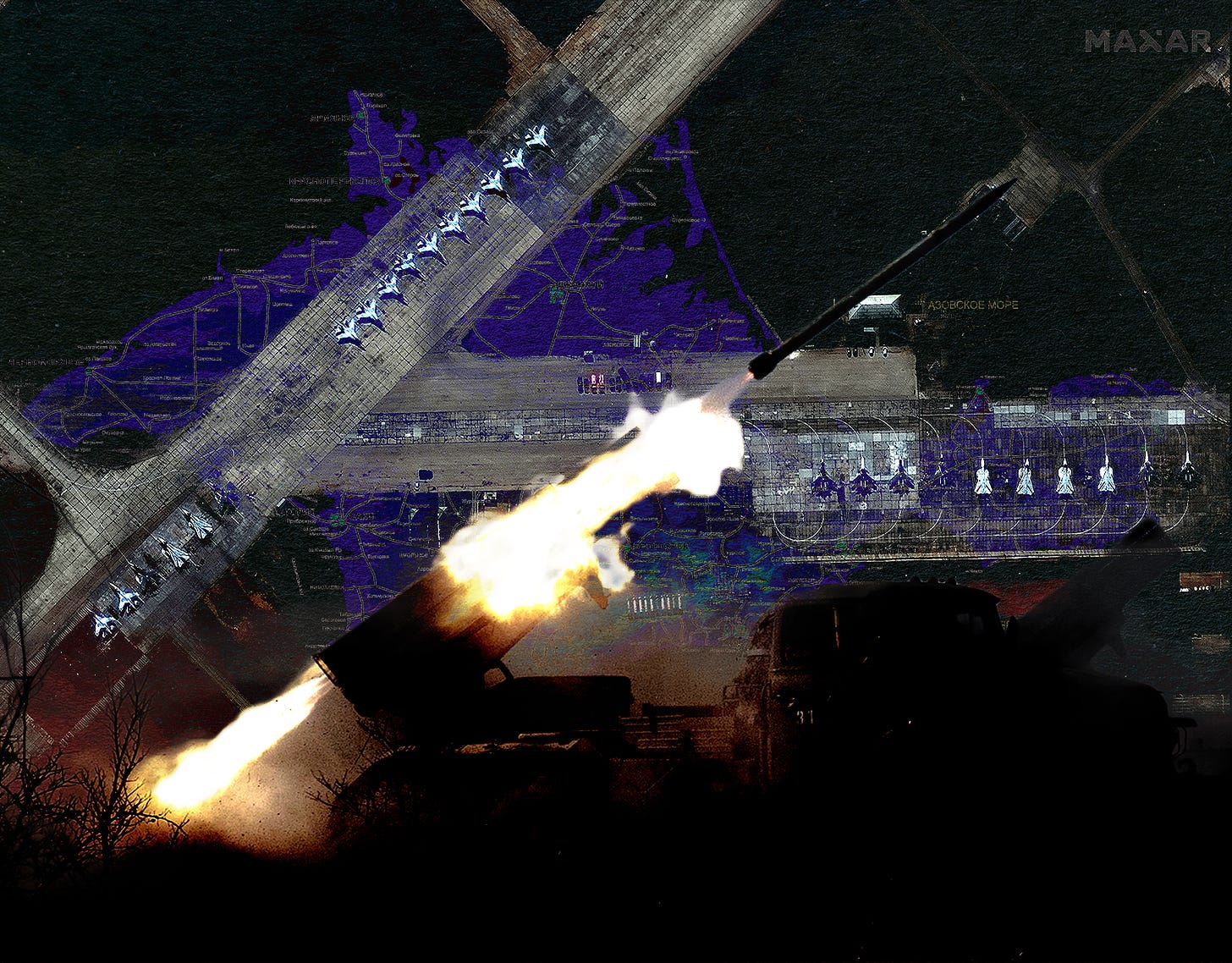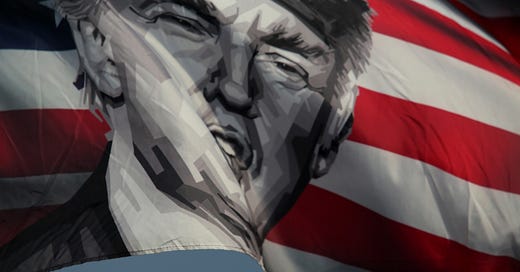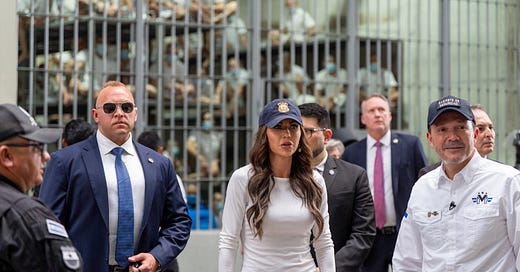
Ukraine’s Strike in Crimea Could Be a Turning Point in the War
Determined soldiers and steady flows of supplies point to continued Ukrainian success.

Russians lounging on a beach near Novofedorivka in occupied Crimea were startled by two massive explosions rising over the nearby military air base. Soon, the roads were jammed as cars fled over the Kerch Strait Bridge, a towering monument to Russia’s 2014 conquest of the Ukrainian peninsula.
On Tuesday, Ukraine conducted its most daring strike since it sank the Russian Black Sea flagship Moskva. While Ukraine hasn’t yet publicly taken responsibility, multiple Ukrainian officials have confirmed it off the record. Kyiv seems to be using the same playbook it employed for a high-profile strike into Russian territory earlier this year, when Ukrainian officials didn’t immediately claim responsibility for the strike, helping to mitigate the chance of a Russian escalation in response.
The evening of the strike, Ukrainian President Volodymyr Zelenskyy dedicated his nightly address to Crimea, saying,“This Russian war against Ukraine and against the entire free Europe began with Crimea and must end with Crimea—with its liberation,” and Ukraine’s Ministry of Defense taunted Russia with a reminder that its troops should be cautious of smoking around explosives.
According to the Washington Post, Ukraine’s elite special forces were behind the strike. This is just the latest in a recent history of daring operations, from rescuing a Ukrainian mayor held hostage by Russian occupiers to continuing to evacuate people from Kabul even after the United States made its final withdrawal. Ukraine’s special forces are proving themselves to be some of the best operators in action today.
The target they chose has symbolic significance for both sides. Crimea is the crown jewel in Putin’s burgeoning new empire, the seizure of which resurrected his political fortunes when his popularity was flagging. The airfield the Ukrainians struck is home to fighters that have attacked Ukrainian forces, and according to satellite imagery from hours before the strike, it was likely packed with Russian planes at the time of the attack. Losing those aircraft and the airbase will only further complicate Russia’s efforts to defend the city of Kherson, the only major city outside Crimea or Donbas in Russian hands, where occupation forces are preparing a “referendum” on joining Russia. Ukrainian forces are preparing a major counteroffensive to liberate Kherson, and Ukrainian sources have confirmed that the attack on the air base was the first step. The strike may also indicate that Sevastopol, a major base for the Russian Black Sea Fleet, is also in range.
Perhaps more importantly, the strike shows that Ukraine is prosecuting its defensive war effectively, making smart use of the tools at its disposal to stage daring and well-executed attacks on Russian forces. It's one thing to win a war of attrition, grinding down an over-confident, over-stretched, and disheartened enemy to collapse while civilians die every day. It’s another to galvanize support, belief, even hope by executing daring missions to take the fight to the enemy, as America’s Doolittle Raid did during the Second World War. But it takes more than one daring strike to turn the tide of a war.
The big story in recent weeks has been Ukraine’s game-changing deployment of Western-supplied high-mobility artillery rocket systems (HIMARS) to strike deep behind enemy lines and knock out dozens of key Russian targets such as ammunition depots and command posts. The United States announced this week it would be sending additional HIMARS ammunition to Ukraine, doubling down despite the White House’s initial unwillingness to provide the system to Ukraine.
While details such as the exact weapons used for the strike remain murky, what’s notable is that Ukraine now appears to have the capability to strike precisely hundreds of kilometers behind Russian lines. If it can show the same smart employment of this capability that it’s shown with Western supplied systems like HIMARS, the White House’s reluctance to give Ukraine crucial longer-range weapons may start to change.
After the Ukrainians’ initial success of defending Kyiv, Russia’s hellish artillery-driven advances in the east were hard on both Ukrainian and Western morale—and distracted by domestic woes, some Westerners seemed to be afflicted with “Ukraine fatigue.” But high-profile wins like the strike in Crimea show that the historically significant American and allied investments in Ukraine, both military and financial, are paying dividends.
More and better Western weapons and a steady stream of supplies continue to flow into Ukraine, setting Kyiv up to sustain this fight as long as needed, while Russia’s supplies are increasingly stretched with its stocks depleting. Apparently starved of the right kinds of platforms or ammunition, as well as good intelligence about where Ukrainian military units are, Russian forces have been firing S-300 anti-aircraft missiles into residential neighborhoods. In Ukraine, Russia now has to worry about protecting a much larger area behind its lines that it previously considered safe. At home, thanks to Western sanctions, Russia is having to strip its commercial jetliners for parts after being blocked from purchasing the things it needs abroad. For the foreseeable future, the Kremlin faces a grim outlook for providing Russia with the basic supplies it needs to function as a modern state—to say nothing of the significant logistics needed to wage the largest war seen in Europe since 1945.

Despite the euphoria of a daring strike deep within Russian-held territory, there’s no easy path to total victory on the horizon for Ukraine. The coming battle for Kherson is likely to require Ukraine to disable many of the bridges across the Dnipro River to keep Russian forces from reinforcing the city from the south—a move that will also keep Ukraine from easily crossing the other way to march into Crimea. Attention is likely to shift in the coming weeks to the siege of Kherson and increased focus on nearby Zaporizhzhia, where Russian forces are using the largest nuclear plant in Europe as a shield from which to fire rockets while threatening to turn Ukraine into “scorched land” by damaging the plant.
Despite these challenges, Ukrainians have shown the world that they are determined to liberate their land and save their people, and they will use all the tools at their disposal to do so.
Crimea’s capture by Russia’s “little green men” in 2014, the first forcible seizure of land in Europe since World War II, marked the start of Russia’s war on Ukraine. With a daring strike on the bases Russia has since built on its occupied territory, scaring away some of those Russians who moved into the homes Ukrainians fled or were forced out of, Ukraine is showing that it intends to make good on President Zelenskyy’s pledge to liberate all of the territory captured by Russia—including Crimea. As Zelenskyy announced to the world, this war may have started with Crimea’s seizure, but it will end with Crimea’s liberation.









